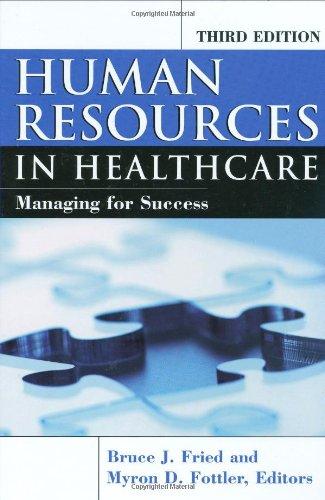For the Philippines, exporting nurses has been a long-standing government strategy, part of a broad and concerted
Question:
For the Philippines, exporting nurses has been a long-standing government strategy, part of a broad and concerted program of labor migration introduced in the 1970s during the administration of President Ferdinand Marcos (Tyner 2004). Although intended initially as a short-term solution to domestic unemployment and high foreign debt, this program has become a permanent strategy for generating income for the country through regular remittances from migrant workers.
The Philippines has a net surplus of nurses because of high production and relatively low demand, mainly because of underfunding of the country’s health system. Because of nurse migration, the country has lost many of its most skilled nurses. For the last several years, the Philippines has been experiencing two trends that are causing concern among nursing leaders:
1. An explosive growth in the number of nursing programs. In the 1980s, only 40 nursing schools were in existence throughout the country; in 2007, the number was much higher: 460 programs in total. Some schools have sought rapid, drastic expansions to their enrollment, contributing to the vast and steady increase in the number of nursing students. The Philippines currently produces about 20,000 nurses per year (Lorenzo et al. 2007).
2. A movement of physicians into “second course” nursing education. Physicians are leaving their posts in public hospitals and rural areas to work abroad as nurses.
Demand for medical education has declined, and some nursing schools have created special programs that allow physicians to pursue nursing education while continuing to practice as physicians.
Policymakers in the Philippines are concerned that the growth in the number of nursing programs has been accompanied by a decline in quality of education: In recent years, fewer than half of the nursing graduates passed the nursing licensure examination.
This means that many nursing graduates cannot even work as nurses in the Philippines, much less in the United States and other overseas markets. Nonetheless, thousands of students enter nursing programs every year.
In this context, nursing leaders in the Philippines are struggling to maintain quality education and a sense of public service in a profession that is increasingly governed by business interests and influenced by individual aspirations for overseas employment. The country’s Department of Health (DOH) has developed the Master Plan for Health Human Resources to address domestic healthcare human resources distribution, motivation (compensation— provision of living wages for government workers), and production. The DOH has attempted to be directly involved in improving the quality of nursing education and the process of nurse migration, but the department’s efforts have been rebuffed by the president, who wants these issues to be handled by the Philippine Overseas Employment Administration, the division of the Department of Labor and Employment that manages overseas deployment of Filipino workers.
Exercise
You are a consultant to a task force charged with overhauling nursing education and migration practices in the Philippines. You have been asked to recommend short-term and long-term strategies to achieve sustainable improvements in nursing education and to harmonize the nursing-deployment policy with domestic health system needs.
1. Who are your stakeholders, and from whom will you seek perspectives? What questions will you ask each of them?
2. Which issue—explosive growth of programs, declining quality, training of physicians to be nurses—will you address first? How will you engage the labor and health departments to implement your recommendations successfully?
3. What obstacles do you expect to face in this process? What strategies will you use to overcome them?
Step by Step Answer:

Human Resources In Healthcare Managing For Success
ISBN: 9781567932997
3rd Edition
Authors: Bruce Fried, Myron D. Fottler





